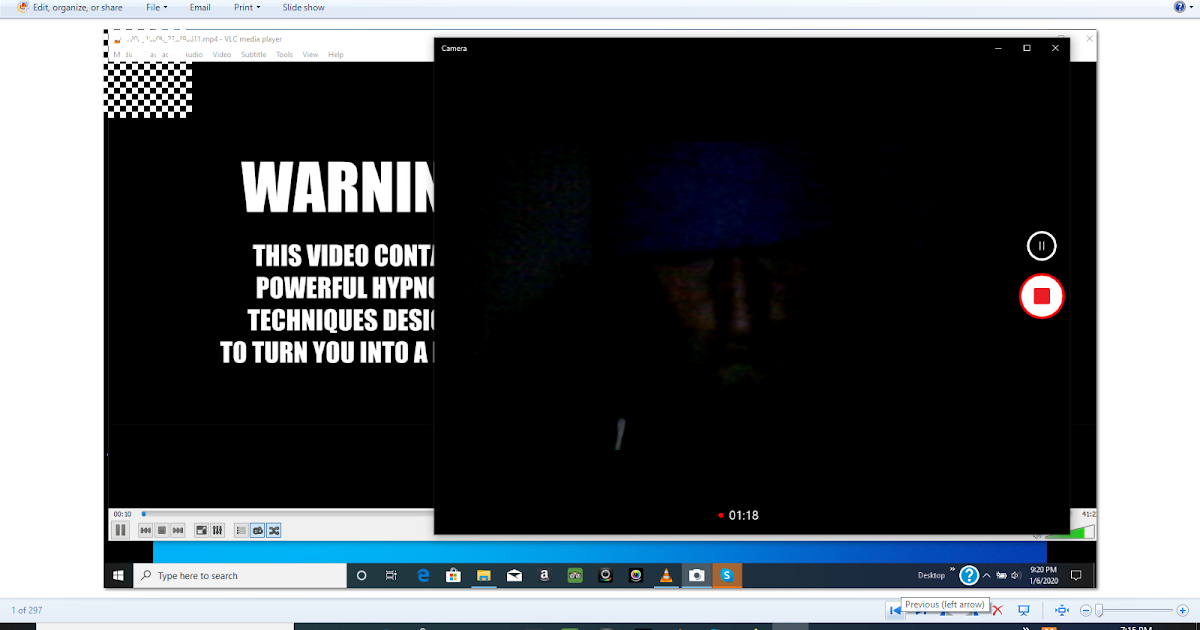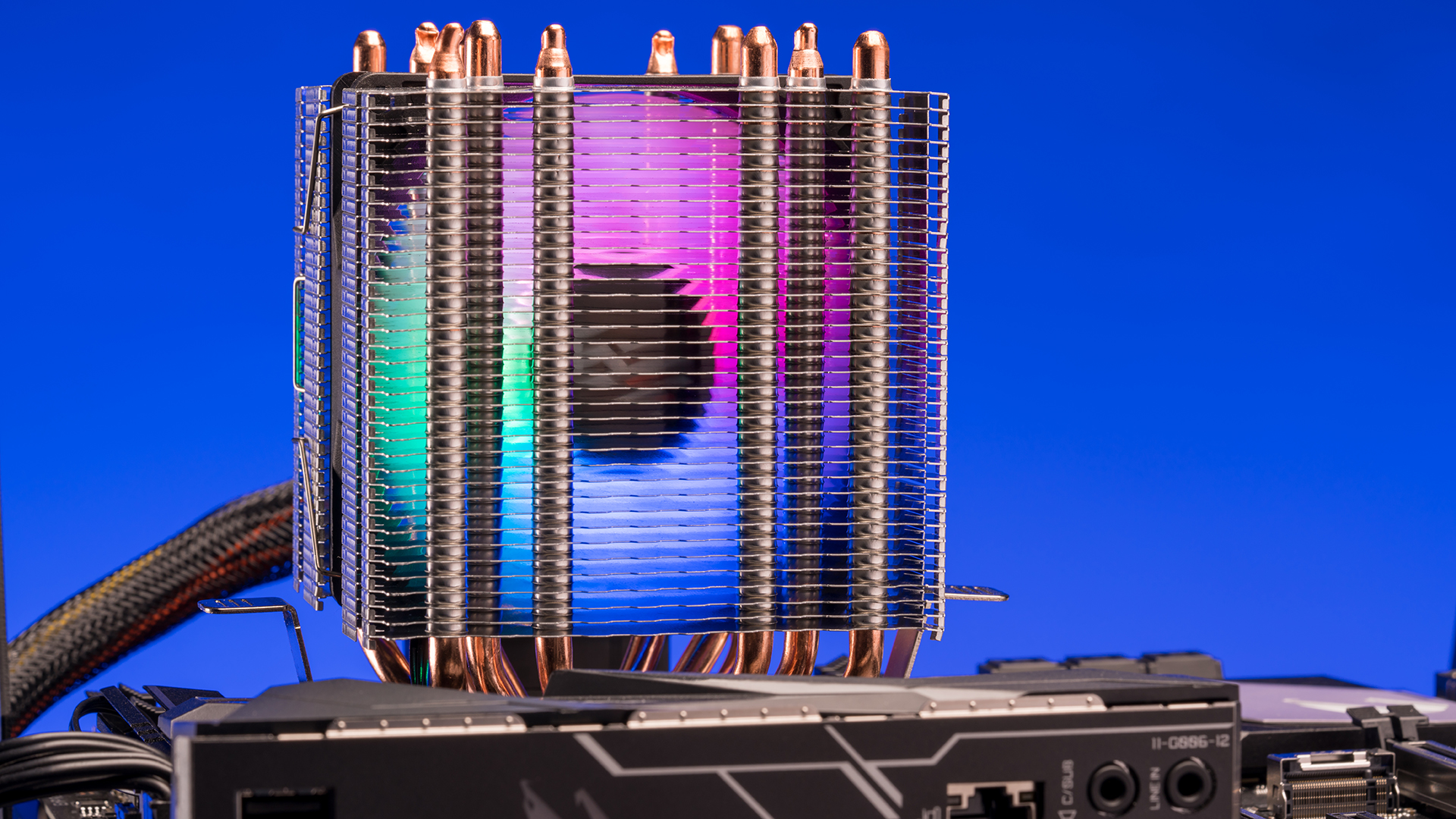Some Apple products contain sensors that respond when they detect temperature changes inside your system or device, turning on fans to bring cooling airflow to critical components.
About fan noise
Check What Software Is Running. Before you rush to grab your screwdriver, look into what software. NFL games will have artificial crowd noise specific to each stadium. New, 12 comments. The NFL plans to use prerecorded fan noise that’s specific to each stadium. As a Seahawks fan, I hope.
If your device's processor is working on intensive tasks—such as compressing HD video, playing a graphics-heavy game, or indexing the hard drive with Spotlight after you migrate data—the fans run faster to provide additional airflow. You might hear fan noise when this happens, especially if you're in a quiet environment. This rushing-air sound is a normal part of the cooling process.
Ambient temperature, the temperature outside the device, also plays a role in the fans' responsiveness. If the ambient temperature is high, the fans turn on sooner and run faster.
If you hear the fans in your Mac Pro running at full speed and you aren't performing any intensive tasks, check the enclosure. Make sure that your Mac Pro is locked and fully seated, or that the top cover or access door is closed and locked on rack-mounted models.
Make sure the vents on your Apple product aren't blocked
Some Apple products have vents that let fans bring in cool air and expel hot air. Make sure that the vents aren't blocked to allow your device to perform at its best.
- Apple TV 4K has a fan and a vent at the bottom.
- Airport Extreme and Airport Time Capsule have fans and vents at the bottom.
- iMac has vents along the bottom edge and on the back.
- iMac Pro has vents along the bottom edge and on the back.
- Mac mini has vents at the bottom to bring in cool air from beneath the device and vent hot air from the back.
- Mac Pro has three fans on the front of the computer and vents on the front and back.
- MacBook Pro has vents along the side and on the back. MacBook Air computers have vents along the back near the clutch.
The surface your device rests on can block its vents, affecting fan behavior. If you use your device on a soft surface like a couch, pillow, bed, or your lap, its fans might run more. Using your device on a hard, flat surface like a table or desk is best for temperature control.
Learn more
If the fans in your Mac run fast even when it isn't experiencing heavy usage and is properly ventilated, you might need to reset the System Management Controller (SMC) on your Mac. If you're experiencing this issue on an Apple TV 4K, Airport Extreme, or Airport Time Capsule, unplug the device, then plug it back in.
Learn more about the operating temperature of Apple notebook computers.
White noise doesn’t usually bother us… until it comes to the whirring of old MacBook fans while you’re trying to work. It frequently seems like these turn on for no reason and they can become annoying very quickly.
So how do you determine what’s kicking your fans into action? In this guide, we’ll show you how to identify why your old MacBook Pro fans are loud and how you can get them back to normal.
Possible Cause 1: Poor Venting/Circulation
This is the simplest of loud fan causes and also the easiest to check, fix, and resolve. Here’s the explanation: Your Mac heats up as the electrical process required to use it release energy. The fans inside are built to cool it down, but they have to work overtime when there isn’t normal airflow around the laptop.
If you’ve been working with your MacBook flat on your lap or desk, you’re effectively blocking any air from circulating underneath your laptop and forcing the fans to work twice as hard to cool the component.

How to Fix:
If you just need a short-term fix, propping your MacBook up and leaving it inactive for a few minutes to cool down before you go back to work should help alleviate the problem.
But if this is a consistent issue for you, consider investing in a high-quality laptop stand to lift your MacBook and allow for better air circulation. You can check out the best stands for MacBook Pro that we recommend, all of which will help tone down the fans and make using your Mac more comfortable. Also, consider using a cooling pad if the laptop constantly heats up.
You may also consider cleaning the vents and make sure there is no dust stuffing around. Do this with caution as you need to unscrew the bottom case and the vents. Once you clean the air tunnels, it can make a big difference.

Tools you may need:
Possible Cause 2: Running Heavy Apps
Because the fans are used to cool the internal electronic components, forcing these components to work overtime will also kick the fans into high gear. This results in the annoying whirring noise you want to get rid of.

Web browsing and document editing are simple everyday tasks that wouldn’t contribute to this problem. However, if you’re using heavy creative software such as the Adobe Creative Suite, photo, and video editing applications, or graphics-intensive games you could be sending your fans into a frenzy trying to keep up.
How to Fix:
If you must run heavier programs, take all possible steps to reduce the load on your computer.
- Only run programs you absolutely need at one time and don’t leave others idle in the background.
- Turn down frame rates or processing speeds as needed.
- Make sure you’re already taking all possible steps to optimize your Mac such as using it in a temperature controlled room rather than outside on an already hot day, etc.
If this is a regular problem and you can’t reduce the workload, you may need to consider buying more RAM to upgrade your Mac or if you can get a new MacBook specifically for video editing, so it can keep up with your demands.
Possible Cause 3: Hidden CPU Drains
So you haven’t been using any noticeably heavy programs but suddenly the fans are acting up?
Especially if you’ve recently updated, changed some settings, or installed a new program, you could be experiencing some hidden background tasks that are eating up your CPU.
The easiest way to check if this is happening is to go to Spotlight (with a search icon) in the top right corner of your screen and type “Activity Monitor”.
Once Activity Monitor is open, navigate to the CPU tab and look for programs that are using extremely large percentages of the available power. If you find one, then you know what your culprit is.
Keep in mind if it’s a program and not a background task (apps have recognizable names and icons, background tasks are a bit more obscure looking), then you should check #2 instead.
How to Fix:
As you can see in my screenshot, I’m not currently experiencing any issues and all the usages (highlighted in red) are fairly low. But once you’ve identified tasks that are using unreasonable amounts of CPU, click on it in the Activity Monitor.
It will be highlighted in blue, and you’ll be able to click the X button in the top left corner which will quit the process. Wait a few minutes for the fans to wind down and to examine how quitting the process affects your machine.
Pro tip: make sure you’ve saved everything you’re working on before force quitting tasks from the activity monitor.
If the task re-opens later or comes back, it may be built into a specific program. In that case, you’ll need to research the program it is part of and see which setting is to blame.
Possible Cause 4: Fans in Need of Repair
Mac Fan Noise When Playing Games To Play
Have you been using your Mac in dusty or dirty locations lately? Perhaps you had to take it to a worksite out of the office or went on vacation and took it with you.
Lint, dust, and other air contaminants can build up on your fans if you’ve been in a less than ideal environment lately, or simply over time.
How to Fix:
There are two ways you can clean dust out of your Mac’s fans. The easiest way is to use a can of compressed air to push air through the vents that are on the back of your laptop. Be careful not to hold the can too close and apply unnecessary pressure, which will potentially damage the components inside.
If compressed air doesn’t work from the outside, you can also open the body of your MacBook to clean the fans. This is not recommended unless you’re sure you know what you’re doing.
First, find your model of MacBook on iFixit to get instructions on how to open the body for your particular Mac. Then gently use the compressed air to blow particles out of your Mac. Do not under any circumstance use a vacuum, as the static can ruin electronic components.
Mac Fan Noise When Playing Games On
Also, you may need to replace the fan of your MacBook for better performance. First, get a left and right side CPU cooling fan from Amazon, then again go to iFixit, find your MacBook model and locate the right guide.
If all else fails, take your MacBook Pro to a nearby Apple Genius Bar to have it serviced and professionally cleaned.
Apple Mac Fan Noise
We hope this guide helped walk you through some of the easiest ways to fix loud fans. If yours are still loud even after trying a few of our solutions, it’s probably best to have it professionally examined at an Apple Service center. Especially if your Mac is newer or under an Apple Care warranty, you probably won’t pay very much and you’ll be able to use your Mac in silence again.
Mac Fan Noise When Playing Gamestop
If you have any of your own methods for fixing the fan noise on your old MacBook Pro, we’d love to hear them! Drop a comment below or tell us how our methods worked for you.